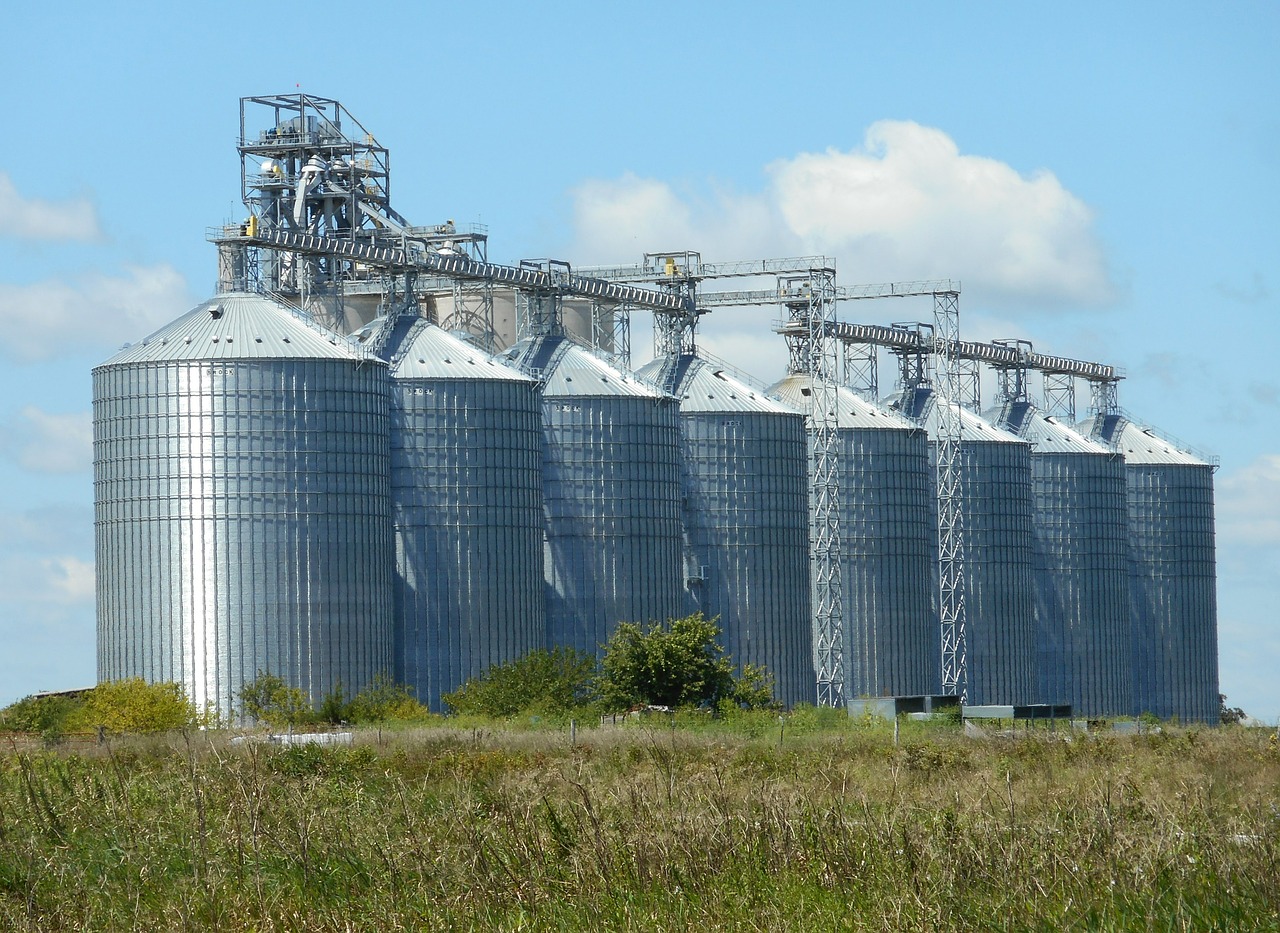 OK, so I made up the term silage (and then found it was a real word with a different meaning), but here I don’t mean siloed fodder (except perhaps metaphorically). What I’m talking about is the damage that can come from silos. And I heard a tale yesterday in the course of an investigation into corporate innovation that illuminated what I’m talking about.
OK, so I made up the term silage (and then found it was a real word with a different meaning), but here I don’t mean siloed fodder (except perhaps metaphorically). What I’m talking about is the damage that can come from silos. And I heard a tale yesterday in the course of an investigation into corporate innovation that illuminated what I’m talking about.
In this case a particular business unit, with a strong bias to rigor in execution, is also working on innovation. And it’s going pretty well, it appears. They’re working on opening up communication, supporting it through programmatic actions, and sharing success stories. These are powerful tools to change a culture. But there’s a barrier.
Part of the challenge is in management. This layer, between executive desire and tactical actions, is being encouraged to support this move, but is still largely measured on outcomes. And, the group that owns management development isn’t connected to the group supporting the programs. Guess what? It’s a turf war. One silo doesn’t want any incursion into it’s area of activity. And this is a problem.
To succeed, you really need to work systemically. It’s hard enough to make change happen without having to deal with areas that aren’t on board. There’s going to be be a far higher likelihood of success if all the elements are aligned (and a large number of other elements conducive to successful change). If the mentoring and coaching isn’t there to go along with programmatic impetus (see 70:20:10), you’re dropping the ball. You’re going to see a drop off, instead a continual upward learning curve.
As things move faster, to adapt you need to tap into the power of people. That means developing a culture that learns, and that requires both crossing silos in implementation and in then leveraging the collective thinking. Can we avoid collateral silage?
Leave a Reply